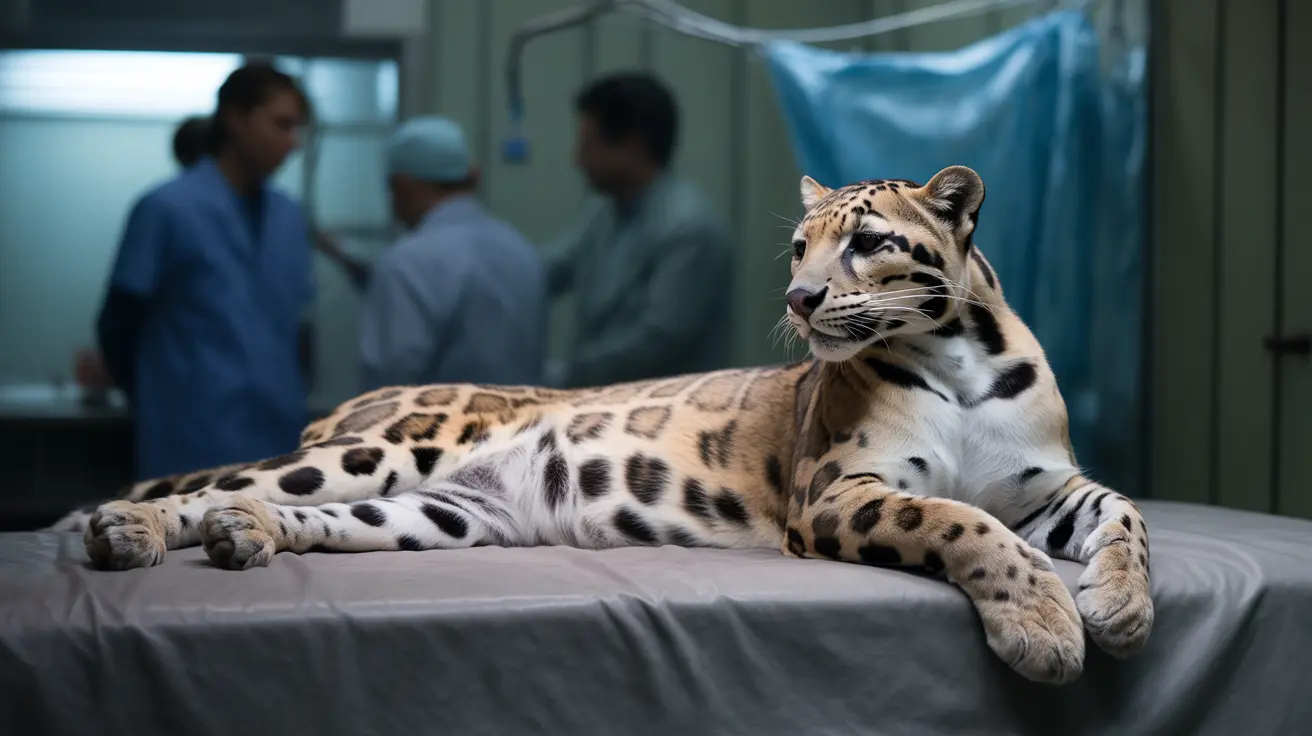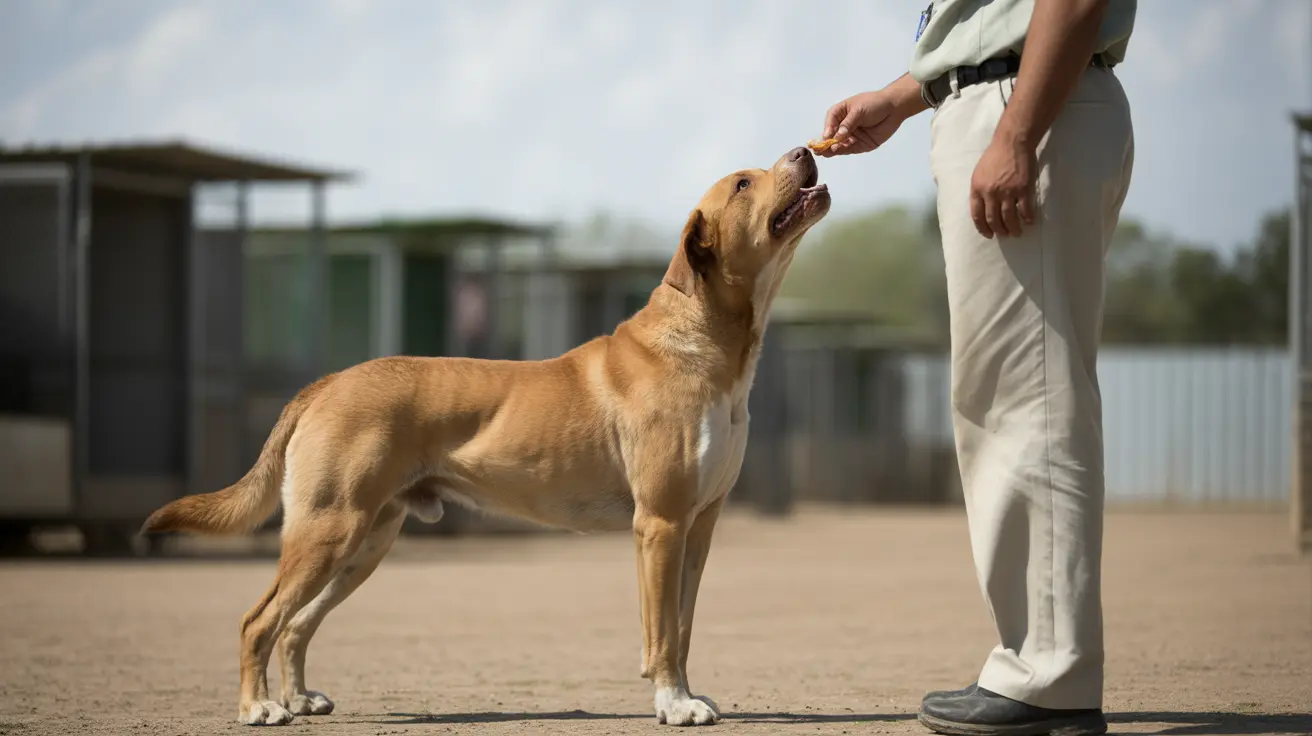Understanding Multiple Fathers in Dog Litters
In the fascinating world of canine reproduction, one of the most intriguing phenomena is superfecundation - the ability of a single litter of puppies to have different fathers. This biological marvel occurs when a female dog mates with multiple males during her fertile period, resulting in puppies with distinct genetic makeups within the same litter.
While this might sound surprising to many dog owners, it's a well-documented occurrence in the veterinary world. Understanding how and why this happens can help breeders and pet owners better manage their dogs' reproductive health and make informed decisions about breeding practices.
The Science Behind Multi-Sire Litters
When a female dog goes into heat, she releases multiple eggs during ovulation. These eggs remain viable for several days, during which they can be fertilized by sperm from different male dogs. The sperm can survive in the female's reproductive tract for up to a week, creating a window where multiple matings can lead to multiple fathers.
This process is particularly interesting because each puppy develops from a separate fertilized egg, allowing for different fathers to contribute genetic material to different puppies in the same pregnancy. The result is a litter of half-siblings, sharing the same mother but having different fathers.
Identifying Puppies with Different Fathers
Visual differences among puppies can sometimes indicate multiple fathers, especially when the sires are different breeds. You might notice variations in:
- Coat color and texture
- Body size and shape
- Facial features
- Ear shape and position
- Overall breed characteristics
However, physical appearance alone isn't always reliable. Even puppies from the same father can look quite different due to genetic variation. The only definitive way to determine multiple fathers is through DNA testing.
Implications for Dog Breeding
For professional breeders, understanding the possibility of multiple fathers has important implications. Many kennel clubs now accept registration of multi-sire litters, provided DNA testing confirms parentage. This has led to new possibilities in breeding programs, including:
- Planned dual-sire breeding for genetic diversity
- More accurate pedigree documentation
- Better understanding of inheritance patterns
- Enhanced breed development strategies
Prevention and Management
For pet owners not interested in breeding, preventing unplanned multi-sire litters is crucial. This can be achieved through:
- Careful supervision during heat cycles
- Secure fencing and leash control
- Spaying females not intended for breeding
- Prompt veterinary intervention if accidental mating occurs
Frequently Asked Questions
Can a single litter of puppies have more than one father, and how does superfecundation work?
Yes, a single litter can have multiple fathers through a process called superfecundation. This occurs when a female dog mates with different males during her fertile period, and eggs are fertilized by sperm from different fathers.
How can I tell if puppies in the same litter have different fathers without DNA testing?
While physical differences can suggest multiple fathers, especially if the puppies show traits of different breeds, visual identification alone isn't reliable. DNA testing is the only definitive method for confirmation.
Is it safe or harmful for a female dog to have a litter with multiple sires?
Having multiple fathers in a single litter is generally not harmful to either the mother or the puppies. In fact, it can sometimes increase genetic diversity, which may be beneficial for the offspring's health.
How common is it for domestic dogs to produce litters with puppies from different fathers?
While exact statistics aren't available, multi-sire litters are more common than many people realize, especially in situations where unspayed females have access to multiple male dogs during their heat cycle.
What are the best methods for confirming if a litter has multiple fathers, and is DNA testing necessary?
DNA testing is the only definitive method for confirming multiple fathers in a litter. While physical appearances can provide clues, genetic testing is necessary for absolute certainty, especially for breeding programs and pedigree registration.
Conclusion
The ability of a single litter to have multiple fathers is a remarkable aspect of canine reproduction. Whether you're a breeder or pet owner, understanding this phenomenon helps ensure responsible breeding practices and appropriate reproductive healthcare for your dogs. When in doubt about a litter's parentage, consulting with a veterinarian and considering DNA testing can provide the clarity needed for proper care and documentation.






